Profile Design Takes FLYT
The J2 bracket has sailed off into history. None too soon for me.
You probably don’t know what the J2 bracket is. It’s in the image below and there’s a very good chance you’re riding it. The J2 is almost certainly the most manufactured aerobar bracket ever. About 5 years ago Profile Design (PD) replaced it with the J4 and this was the improved and industry standard paradigm for aerobar clamp systems. What remains for sale today is the progeny of the J4 – upgrades in ergonomics and adjustability from that landmark bracket.
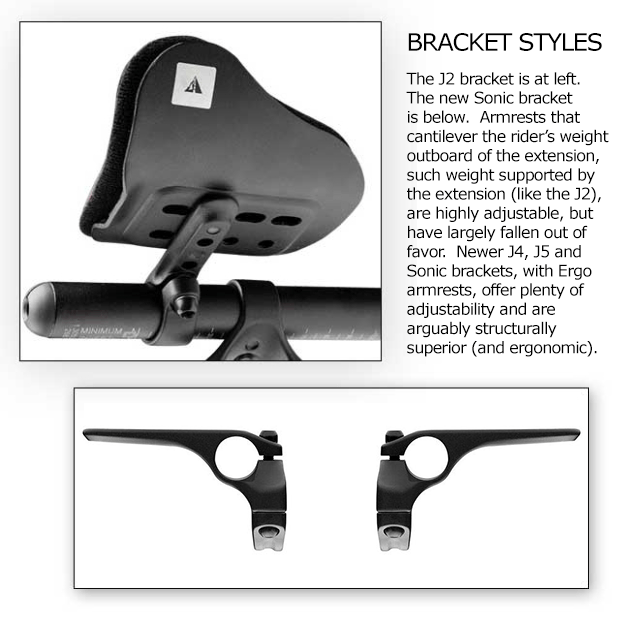
That’s it in a nutshell. But can I take you back a little further in history? About 3.5 billion years ago? That’s when life on earth started, give or take a half-billion years. Animals crawled up on land fairly recently, only about 400 million years ago. It took another 150 billion years for vertebrates to take flight.
And that’s where we are. Aerobars were first sold to you and me in 1987 (because cyclists wouldn’t buy them), Profile Design came into being less than 2 years later, aerobars crawled up on land with the J2 bracket, but I didn’t really consider that aerobars took flight – or FLYT – until they evolved into an efficient system at price points most of us could afford.
FLYT is PD’s nomenclature for its aerobar system, and nomenclature has not always been its strong suit. You’re probably used to the “T” designation: T1 thru 4 (extension shapes) that are either made of aluminum or carbon. This has almost – finally – phased out, after a long period of working through old inventories.
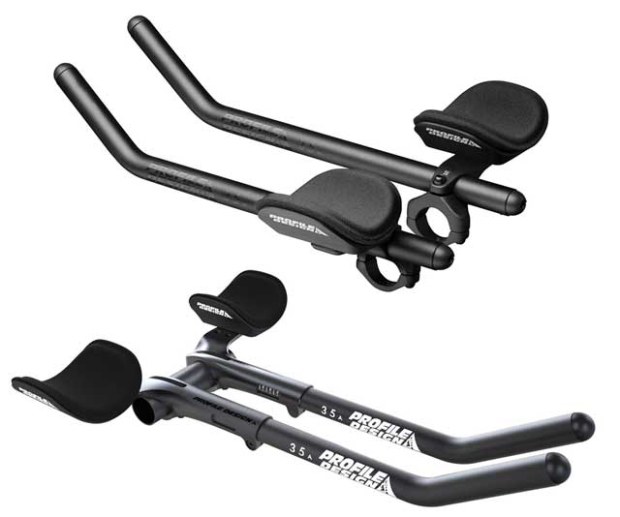
Simply put, you have two bracket options nowadays from PD that generally describe the lowest point the pads can sit above the pursuit bar center: Supersonic, and Subsonic (pictured just above). Super and Sub are 2 of the 3 aerobar motifs, each with its own bracket. There are 3 brackets, 3 extensions, 3 armrests that comprise the FLYT system. I’ll get to the 3rd bracket system in a minute.
Extensions: What you want now, in most cases – according to me – is the 35a extension, which is a ski-bend upturn near the end and the angle of upturn is 35 degrees. (There is also a 50a, a steeper upturn, not my cup of tea, and the 4525a, which is a steeper turn followed by a flattening out. Fine. The 35a is more my style.) The 35a extension is what you see in the Sonic aerobar just below.
Your choice of Supersonic or Subsonic is generally determined by what you need – armrests a little higher, or a little lower – and that is largely a case of: your bike position; the geometry of the underlying frame; or the geometry of the stem that sits between the stem and the aerobar.
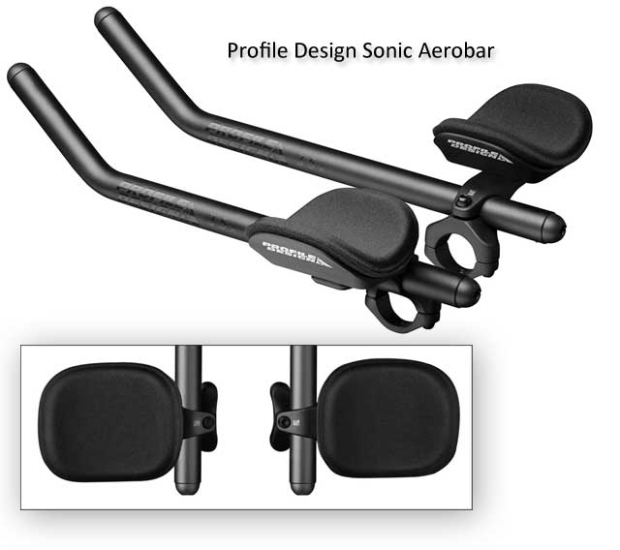
But there’s another bar, and another bracket system: The Sonic (pictured just above). It’s not geometrically in between, which is what you might think. It’s actually pretty close to the Supersonic in geometry. The Sonic is PD’s price sensitive aerobar. Its bracket does not share the wedge mechanism length adjustment of the game-changing J4 and its replacement, the Supersonic bracket (the J5 bracket has been renamed the Supersonic) . But the Sonic bracket is still length-adjustable via 1 bolt and, what I like best, the extension is not given the job of holding up your cantilevered body weight.
With that preamble, let me get to the point, because I’ve written much of this before, last year. What’s changed is that things are now in inventory. I don’t have to caveat what I’m writing with, “Expect to see this over the next 12 to 18 months.” What I’m asking for is for your local bike fitter/retailer to rotate his old inventory out (he’s had some years to do this); for him to rotate this new inventory in. I'm asking for you to demand it when applicable. When is it applicable? When your fitter fits you; when it becomes apparent you need a new aerobar; and when $159 is the price you’re able to pay. That’s the price of the Sonic aerobar, complete (minus the pursuit bar).
What we can’t have happen any longer is for you to buy a “new” aerobar that is 6 year old tech. I’m about to review a new Canyon tri bike for 2019, and here’s how that company begins its tech narrative: “If attachable alu bars with terrible padding and insecure bolts were your first experience with an aero setup, then you will be amazed at what a difference a bike like the Speedmax CF 8.0 will make to your race times.” Canyon then proceeds to extol the virtues of the more recent PD tech it specs on the CF line.
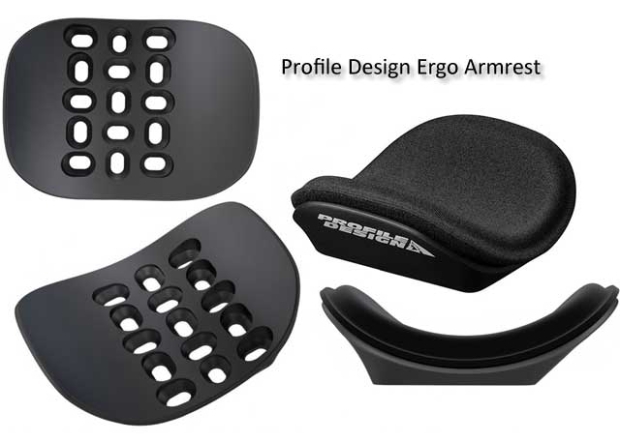
I may get some blowback from your local bike professional about what I’m writing, because the old J2 style clamp system was very adjustable. My reply is that the new Ergo armrest (my favorite among PD’s 3 new armrest styles, and by far the likely choice for you) has almost 70mm of fore/aft adjustment in 7.5mm steps, along with almost 17 centimeters between the narrowest and the widest pad spacing (on center). It does this while giving you the stability, solidity, comfort that the old J2 system frankly didn’t.
The Sonic aerobars can also be stacked 70mm from its lowest unspacered spot.
If this adjustment range is not enough for you, then the following is the case: You’re one of the few who needs a lower position, in which case the Subsonic is your bar (in fact, Canyon specs one of its Speedmax models with PD’s Subsonic and the Ergo armrest, to make sure you can get low enough); you’re on the wrong size bike; you’re on the wrong geometry bike; or I want to see your position before you invest in any more equipment!
The Sonic is probably the aerobar that’s going to come original equipment on a lot of new bikes, including the Quintana Roo PRFour I just reviewed a week or two ago.
So, yes, I’ve written about the FLYT system before. But, no foolin’ now. If you’re a bike fitter, or if you’re a bike seller that caters to the triathlon market: Just because PD aerobars with J2 brackets and F19 armrests are in aftermarket packaging hanging on your slatwall, that doesn’t make them current. It just makes them well-preserved fossils.



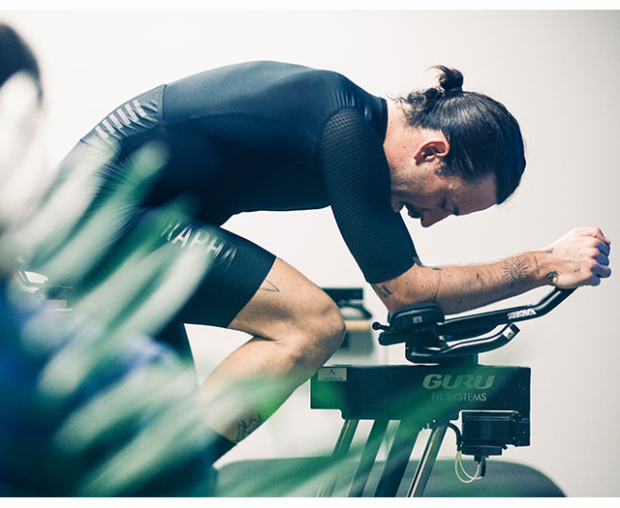
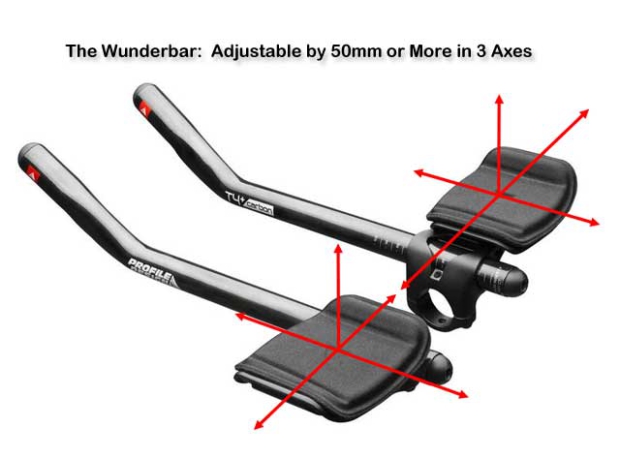
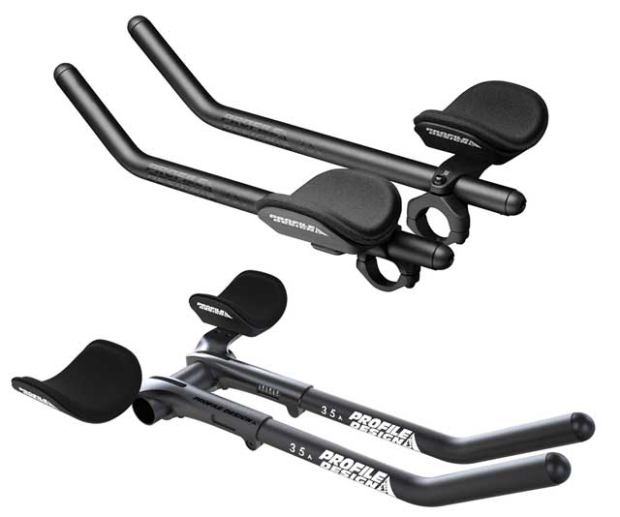

Start the discussion at forum.slowtwitch.com